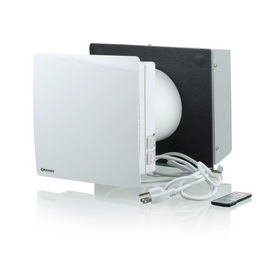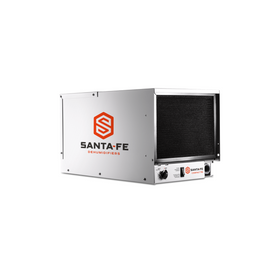
Remodeling Sustainably in Philadelphia
Last Updated: Mar 28, 2025At the time of the American Revolution some 240 years ago, Philadelphia was the most important American city and the place where the Declaration of Independence was originally signed. Today, the city of Philadelphia once again is taking up leadership in our country’s transition towards a more sustainable and environmentally friendly future.
Recently, Philadelphia mayor Jim Kenney said in a statement that “climate change is real, and it’s already affecting Philadelphians. Philadelphia will continue to identify and implement strategies to cut carbon pollution and protect our most vulnerable residents from the changing climate.” While not a lot is happening at the national level politics to curb climate change and reduce our collective carbon footprint, major US cities continue to lead the way towards a post-carbon future. Below, we look at some of the most impressive far-reaching sustainability goals of the city of Philadelphia, its progressive framework for sustainable housing and energy efficiency, and then offer some suggestions for some home remodelers in the city of Brotherly Love.
Philadelphia’s Sustainability Goals
The cornerstone of Philadelphia’s sustainability policies centers on the clean energy vision that was recently published and released by the city government. Titled “Powering Our Future: A Clean Energy Vision for Philadelphia”, this document sets forth a conclusive roadmap to help the city reduce greenhouse gas emissions by 80 percent in the next 30 years. Unlike other city plans, the Philadelphia government has included a wide range of both short term and long term goals and a comprehensive list of best sustainability practices for individuals, businesses, and organizations.
Table of Contents
- What Does This Mean for Philadelphia Homeowners?
- Home Remodelers to Get Started
Tobias Roberts
Tobias runs an agroecology farm and a natural building collective in the mountains of El Salvador. He specializes in earthen construction methods and uses permaculture design methods to integrate structures into the sustainability of the landscape.












